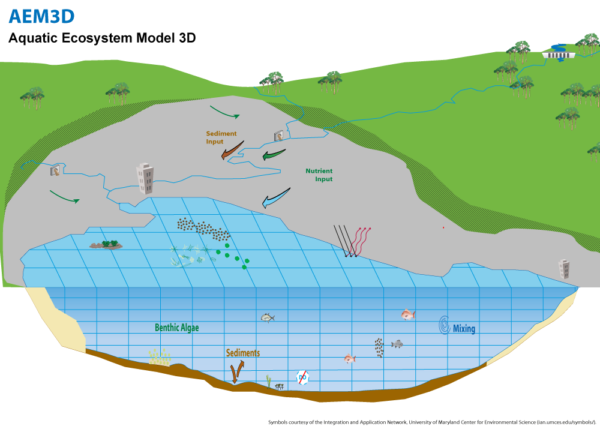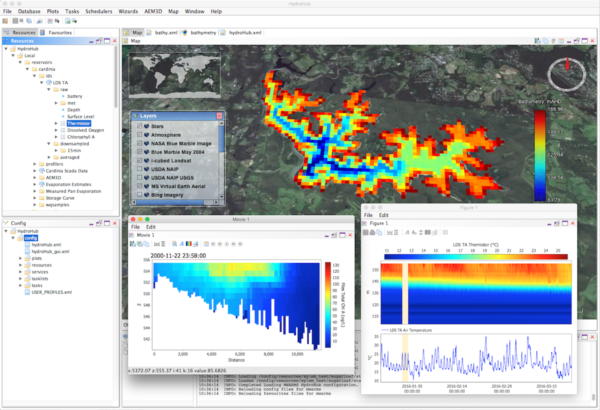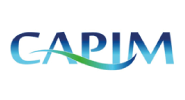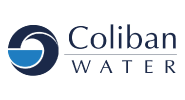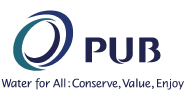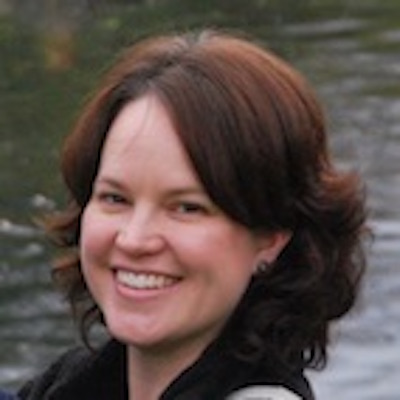Our Services
We deliver software and services to utility, government, consultant, academic and industry clients across the globe and nurture relationships that provide lasting value to their business.
-
Proactive Management
We analyse water resources to better understand environmental and operational performance and deliver strategies, hardware and software to support proactive water management.
-
Ecosystem Modelling
We develop, calibrate, validate and distribute hydrodynamic and ecological models for rivers, lakes, estuaries, and coastal environments that inform strategic and operational decisions.
-
Decision Support
Our customised software solutions link sensor networks, data analysis and ecological models to deliver desktop and online decision support systems.
-
Assessing Change
We combine science, engineering and software to quantify the risk, impacts and costs of environmental and operational change.
Our mission is to bring scientific knowledge to engineering solutions for the water industry
Contact UsSoftware
We develop, apply and distribute a range of software products to help our clients make informed management decisions. Our Decision Support System HydroHub and the 3-Dimensional coupled hydrodynamic and ecosystem model AEM3D are class-leading products built on 30 years of development carried out by the Centre for Water Research. We help our clients disseminate complex environmental knowledge to a range of community stakeholders by developing Online Report Cards and dashboards.
We also have experience in the application of a range of 3rd party numerical models including the SWAN wave model and the Weather Research and Forecasting Model (WRF).
Software support is provided through our online user Forums.
Our global vision is for smarter water management
Contact UsAbout Us
HydroNumerics Pty Ltd was founded in 2010 to deliver innovative engineering services that support proactive management of water resources using technologies generated from two decades of research and development. Our team has extensive experience delivering services to local and international clients across the globe.
What We Do
The services we offer are built on our expertise in:
- Water resources science
- Software engineering
- Data collection, analysis and management
- Hydrodynamic and water quality modelling
- Decision Support Systems
- Online Report Cards
- Assessing environmental and operational change
- Transferring knowledge and technology to our clients
Our Team
Chris Dallimore (B. Eng, PhD Eng.)
Technical Director | Water Resources and Software Engineer
Chris has more than 20 years of experience in water resources engineering and software development. Chris has a PhD in physical limnology and was the lead software architect at the Centre for Water Research (CWR) for over 5 years. Chris was pivotal in the development of AEM3D and HydoHub and continues to ensure the software we use remains at the leading edge. Chris manages software development, installation, maintenance, and training for our clients globally. Recent major projects include real-time modelling and water quality forecasting for Tono Dam (Japan), water quality management systems for Guarapiranga Reservoir (Brazil), and multiple-resource Decision Support Systems for Melbourne Water and WaterNSW
Peter Yeates (B. Eng, B. Sc, PhD Eng.)
Managing Director | Water Resources Engineer
Peter specialises in large-scale, complex surface water resources. Peter has a PhD in physical limnology and over 10 years experience assessing and modelling the dynamics of potable supply reservoirs, hydro-power dams, estuaries and coastal receiving waters and developing Decision Support Systems for water resource managers. Peter has provided technical expertise and management to projects throughout Australia and internationally in Brazil, Korea, Germany, Israel and Papua New Guinea, including dam feasibility studies, environmental impact assessments, water quality risk analysis, discharge fate and transport and artificial mixer design. His clients include water supply utilities, government agencies, consultants, engineering firms and mining companies.
Patricia Okely (B.Eng PhD.)
Water Resource Engineer
Patricia is a Water Resource engineer with a PhD and over eight years experience in hydrodynamic and biogeochemical modelling of national and international inland and coastal water bodies using the models ELCOM and CAEDYM. Recently Patricia has expanded her expertise to Earth system modelling, working with global coupled ocean and atmospheric models, taking a key role in development of the Bureau of Meteorology’s seasonal climate forecast system
Where We Work
We deliver quantitative improvement in water resource management
Contact UsProjects
We work with our clients to deliver innovative solutions to problems in the water and environment industry.
Example Projects
-
 Cleaner Yarra and Bay Report Card
Cleaner Yarra and Bay Report Card
-
 Modelling The Fate And Transport Of Sewage Discharge In Maribyrnong River, Victoria
Modelling The Fate And Transport Of Sewage Discharge In Maribyrnong River, Victoria
-
 Lake Tuggeranong ACT
Lake Tuggeranong ACT
-
 ARMS For Jaguari-Jacarei System
ARMS For Jaguari-Jacarei System
-
 Melbourne Water ARMS
Melbourne Water ARMS
-
 SCARMS Maintenance and Support
SCARMS Maintenance and Support
-
 Tono Reservoir ARMS
Tono Reservoir ARMS
-
 Melbourne Water Online Dashboard
Melbourne Water Online Dashboard
-
 Port Phillip Bay Environmental Management Plan
Port Phillip Bay Environmental Management Plan
-
 ELCOM-CAEDYM OpenMP
ELCOM-CAEDYM OpenMP
-
 Modelling Dissolved Oxygen Dynamics in the Enlarged Cotter Reservoir
Modelling Dissolved Oxygen Dynamics in the Enlarged Cotter Reservoir
-
 Western Port Bay: Review of State Environmental Protection Policy
Western Port Bay: Review of State Environmental Protection Policy
Cleaner Yarra and Bay Report Card
The Cleaner Yarra River and Port Phillip Bay Report Card uses water quality indicators to assess the health of Port Phillip Bay and its catchments. It provides, for the first time, a report on the environmental health of Port Phillip Bay and the rivers and streams that flow into it. It allows users to compare water quality across geographical areas and over time based on selected water quality indicators that are measured at routine monitoring sites. It shows how water quality relates to land use and the surrounding environment, and allows the user to better understand how water quality responds to changes in land use, catchment activities and environmental events such as storms, floods, fire and climate change. The report card is live here
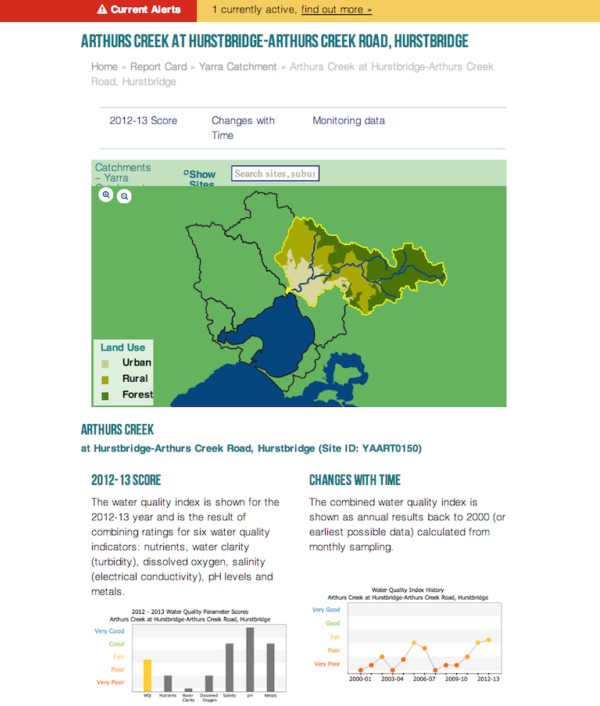
Modelling The Fate And Transport Of Sewage Discharge In Maribyrnong River, Victoria
Hydronumerics was commissioned to assess the likely impacts on human and riverine health resulting from wet weather sewage discharges from the Emergency Relief Structure (ERS) at Brimbank Park. The three-dimensional hydrodynamic model ELCOM (Estuaries, Lake and Coastal Ocean Model) was applied to a discrete section of the Maribyrnong River (Victoria) downstream of Brimbank Park ERS.
The model was used to assess the transport and fate of ERS discharge in the river, to compare the composition of ERS discharge against inflows from Maribyrnong River and Taylors Creek, and to assess the percentage composition of ERS discharge into major recreational areas downstream of Canning St Ford. Under baseline conditions, modelling shows that the river can achieve a 1:1100 natural dilution of ERS discharge, suggesting that there is some buffer to public health impacts afforded by the natural riverine inflows. A series of catchment-wetness and riverine flow scenarios were also examined to determine the river health under worst case scenario.

Lake Tuggeranong ACT
Working with the Government of the Australian Capital Territory, Hydronumerics was commissioned to undertake the design and analysis of in-lake water quality improvement options for Lake Tuggeranong (Australia). A three-dimensional hydrodynamic and water quality model was used to test the efficacy of each proposed intervention in terms of reduction of Blue-Green Algal concentrations, as well as discharge TSS, TN and TP. Forecast phytoplankton growth and both in-lake and downstream amenity were also modelled for a range of Water Sensitive Urban Design (WSUD) portfolios under the government’s AUD $85 Million Basin Priority Project. Hydronumerics’ work was used to estimate the reduction in shut down days and downstream water quality for the nationally important Lake Burley Griffin as well as Lake Tuggeranong, and the downstream Murrumbidgee River.

ARMS For Jaguari-Jacarei System
In partnership with Federal University of São Carlos, Hydronumerics upgraded SABESP’s Sistema Diagnóstico Online to include the Jaguari-Jacarei System. The ARMS configuration was updated to include two aditional Lake Diagnostic Systems and a calibrated and validated ELCOM-CAEDYM model. Hydronumerics is continuing to work with SABESP and Federal University of Sao Carlo to look at improving the modelling of the reservoir in the current drought conditions.

Melbourne Water ARMS
Hydronumerics has configured and installed the Aquatic Real-time Management System (ARMS) for eleven reservoirs in the Melbourne Water supply network. The system utilises data from reservoir sensor stations, a SCADA network and a mobile profiler and gives the client the ability to run operational and forecast scenarios via a graphical user interface. Hydronumerics is working closely with Melbourne Water to calibrate and validate ELCOM-CAEDYM predictive models for Melbourne’s major water storages. We also provide ongoing support and advice through staff placement and training.

SCARMS Maintenance and Support
The Sydney Catchment Authority has been using the Aquatic Real-time Management System (ARMS) as its primary reservoir Decision Support System since 2002. The system is an integral part of SCA’s operations. Hydronumerics provides ongoing maintenance, support and further development of the system through technical advice, data analysis, software development, model calibration and validation, staff training and critical incident response. SCA continues to be a key partner in the development of ARMS and the ongoing relationship between SCA and Hydronumerics ensures that ARMS will remain a premier reservoir management tool

Tono Reservoir ARMS
In partnership with Tottori University Hydronumerics provided a Decision Support System (DSS) for the recently completed Tono Dam in Tottori prefecture, Japan. The system integrates data from a SCADA network, an automatic profiler and a lake meteorological station and applies numerical models to hindcast and forecast reservoir water quality. The system is configured to predict the fate of large turbid inflows and forecast potential algal blooms. In a recent upgrade Hydronumerics developed a warning system and multiple scenario forecasting tools to improve operational efficiency.

Melbourne Water Online Dashboard
An online real-time water storage data dashboard was produced to give Melbourne Water's staff easy access to all the required data.
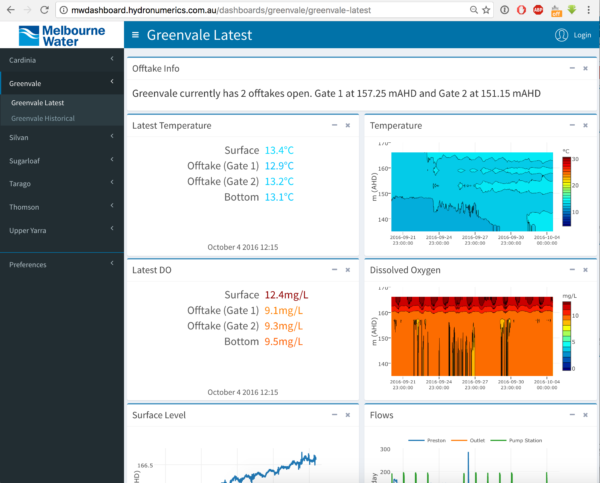
Port Phillip Bay Environmental Management Plan
Hydronumerics delivered ecosystem modelling services for Port Phillip Bay, Victoria, to forecast future changes to water clarity, quality and productivity in response to projections of urban growth, climate change and waste water treatment to 2050. We coupled our bay model to an eWater Source Catchments model developed by Jacobs to quantify the impacts of a range of catchment management scenarios that guided input load target setting for the Environmental Management Plan.

ELCOM-CAEDYM OpenMP
This project led to the development a parallel processing version of the coupled hydrodynamic and water quality model ELCOM-CAEDYM using the OpenMP (Open Multiprocessing) programming interface. There were a number of key areas of areas of the ELCOM-CAEDYM code where multi-threading was implemented using OpenMP. These were the scalar transport, vertical mixing model, momentum and free surface solutions. The project led to a speed up of over 10 times the previous version of ELCOM- CAEDYM.

Modelling Dissolved Oxygen Dynamics in the Enlarged Cotter Reservoir
The Enlarged Cotter Dam project was undertaken to increase the security of potable water supply to the ACT. Hydronumerics was contracted by ACTEW Corporation to undertake numerical modelling to deliver a quantitative prediction of water quality conditions during and after filling of the enlarged dam. As part of the project ELCOM- CAEDYM was modified to allow for spatially varying sediment oxygen depletion rates. The validated ELCOM-CAEDYM model was used to assess potential operational scenarios and to investigate strategies for maintaining acceptable oxygen concentrations. Strategies modelled included staged filling rates, the use of artificial mixing devices and the removal of vegetation prior to inundation.

Western Port Bay: Review of State Environmental Protection Policy
Hydronumerics delivered ecosystem modelling services for Western Port Bay to forecast future changes to water clarity, quality and productivity (in particular seagrass) in response to projections of catchment changes and climate change to 2050. We coupled our bay model to an eWater Source Catchments model developed by Jacobs to quantify the impacts of a range of catchment management scenarios and engineering structures that assisted with a review of the State Environmental Protection Policy for EPA marine water quality and seagrass coverage targets.


